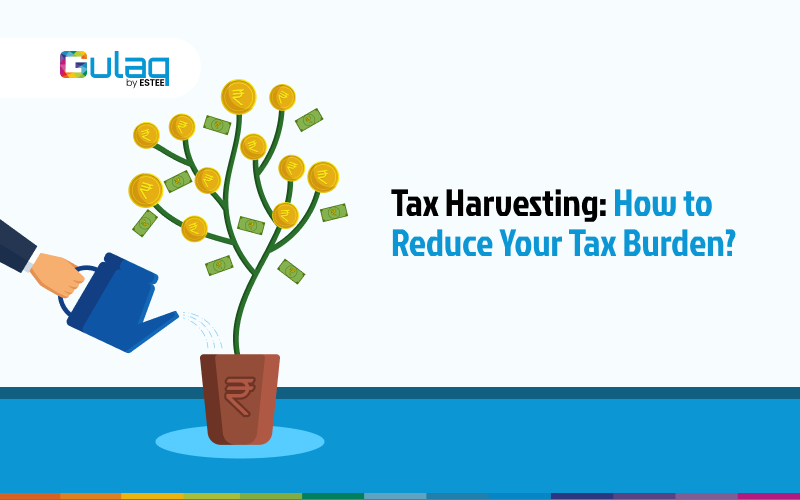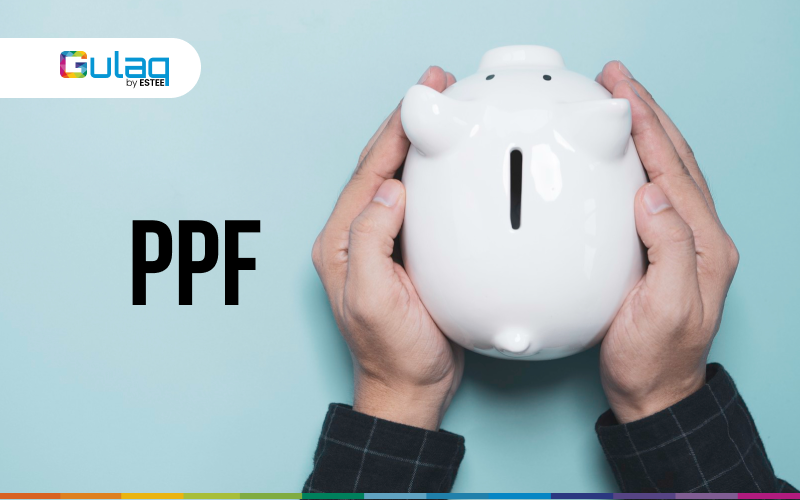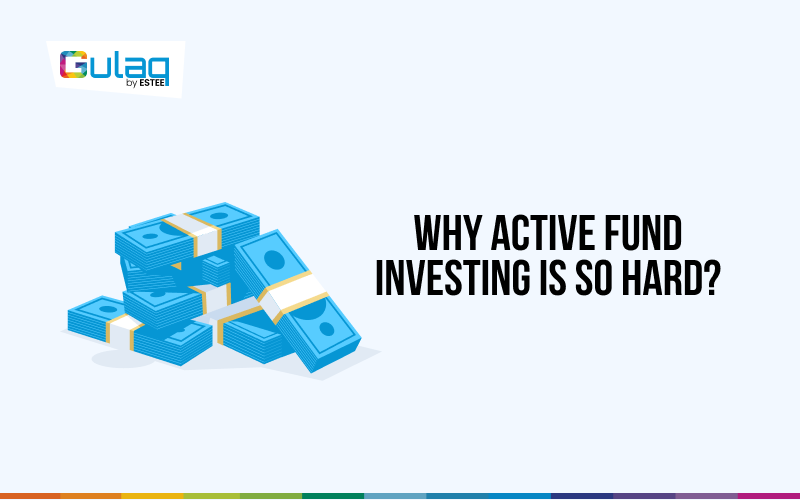
Tax Harvesting: How to Reduce Your Tax Burden?
FY 23-24 has been great for Gulaq. We were able to generate phenomenal returns for our investors, but with the financial year about to end, you’ll soon have to pay taxes on all those returns that you made.
To help you alleviate some of that burden, in this blog, we are going to share some tips on how you can reduce your tax liability on long-term capital gains from shares and equity mutual funds. Let’s get started!
How Long-term Capital Gains are Taxed?
Before understanding how to reduce the tax liability on your long-term capital gains, you’ll first need to understand what they are and how they are currently taxed.
When you invest in any publicly listed shares or equity mutual funds in India and hold them for more than one year before selling, any profit you make from selling them is considered Long-Term Capital Gains (LTCG) and is taxed at 10% for the amount exceeding Rs. 1 lakh.
If you sell before the 12-month period, they are deemed as Short-Term Capital Gains (STCG) and are taxed at 15% with no exemption.
Tax Harvesting is the process where you make the most use out of this Rs. 1 lakh exemption available.
Tax Harvesting: How it Works?
Now, if you are just starting out with your investment journey, it will take a while before your yearly capital gains breach the Rs. 1 lakh exemption limit. But compounding works like magic!
Assuming a standard 12% annual return, if you do a SIP of Rs. 12,000, it would take only 39 months (3.25 years) to reach Rs. 1 lakh in capital gains. If you were invested in our Gulaq Gear 6 portfolio, which has yielded a 60% compounded annual return so far, the Rs. 12,000 SIP would have taken just 18 months (1.5 years) to reach Rs. 1 lakh in capital gains.
Let’s take an example to help you better understand how you can take advantage of this exemption. Suppose you invested Rs. 10,00,000 in an index fund on 10th March 2023, and a year later on 21st March 2024, sold them for Rs. 10,90,000 – making a gain of Rs. 90,000. Now, because you sold these securities after a 12-month period and your gain is less than the exemption limit of Rs. 1 lakh, you will not have to pay any tax on this gain.
Had you not sold your units and had let your profits run a little further, your gains would have breached the exemption limit, attracting a 10% tax liability on the gains exceeding the limit.
By redeeming your units and immediately buying them back, you were able to book the profits tax-free and reset your cost of acquisition to a higher value. In our example, when you sell the Rs. 10,90,000 worth of index funds and reinvest the same, your revised cost of acquisition would now be Rs. 10,90,000 along with the date of investment.
Now, say your investment value increases to Rs. 11,50,000 the next year. When you redeem your units, your gains will be Rs. 60,000 (Rs. 11,50,000 – Rs. 10,90,000) instead of Rs. 1,50,000 (Rs. 11,50,000 – Rs. 10,00,000) had you not redeemed the units in the first year.
By using this method optimally, you would be able to save a maximum of Rs. 10,000 (Rs. 100,000 X 10%) a year in taxes.
An important risk that you need to consider while doing this is the reinvestment risk – the movement in the market between the time you sell and repurchase your units. To mitigate this, make sure to reinvest the proceeds as soon as possible so that the slippage is minimized.
Bottom Line
I am yet to meet a single person who says, “I like paying taxes”, and yet it’s something we all have to do. While none of us can avoid paying taxes unless you really like visiting jail, we can certainly reduce some of that burden by being smart.
Tax harvesting is an effective technique to bring down your tax liability on long-term capital gains from equity investments by making the most use of the Rs. 100,000 exemption available. It involves booking the long-term gains up to the exemption limit to reset your cost of acquisition and the date of investment. Just remember to immediately reinvest the proceeds to minimize the impact of market volatility on your portfolio.
Related Posts
Prospect Theory
As much as investors like to consider themselves rational, the fact of the matter is…
Tax Harvesting: How to Reduce Your Tax Burden?
FY 23-24 has been great for Gulaq. We were able to generate phenomenal returns for…
Don’t Miss the Forest for The Trees: Why Maxing Out the Rs. 1.5 Lakh Limit on Your PPF Before 5th of April Is Not Worth the Hype
As the financial year has ended, the buzz around investing the entire Rs. 1.5 lakh…
Why Active Fund Investing is so hard?
Would you consider investing in a fund that has significantly trailed its benchmark over the…







